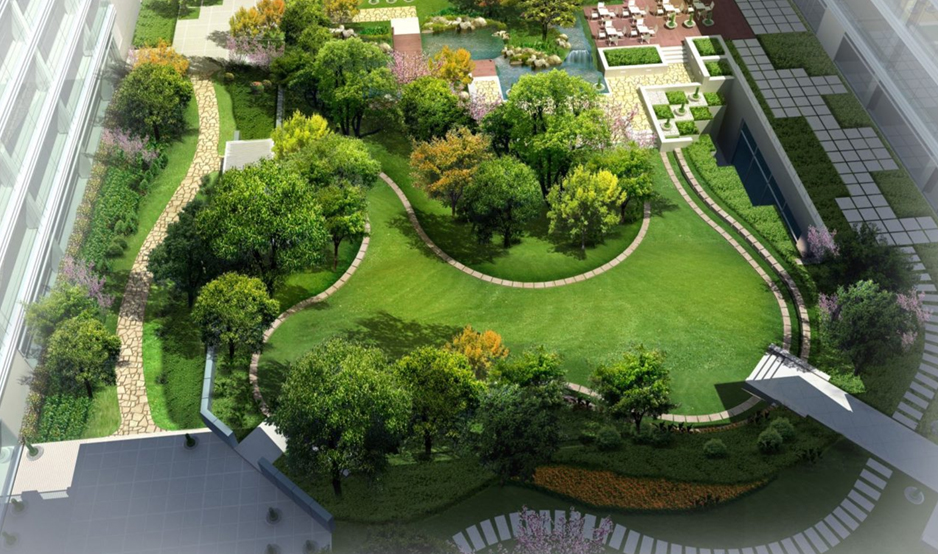
Landscape architecture is the art and science of designing outdoor spaces that are functional, aesthetically pleasing, and environmentally sustainable. It encompasses a wide range of projects, including parks, gardens, plazas, and urban green spaces, all aimed at enhancing the quality of life and connecting people with nature.
1. Environmental Benefits: Landscape architecture plays a crucial role in conserving natural resources and promoting biodiversity. By incorporating native plants, green infrastructure, and sustainable design practices, landscape architects help mitigate the effects of climate change and protect ecosystems.
2. Aesthetic Appeal: Well-designed landscapes enhance the visual appeal of urban and suburban environments. Thoughtful planting, hardscape elements, and water features create beautiful and inviting spaces that contribute to the overall charm of an area.
3. Recreation & Wellness: Landscaped areas provide opportunities for recreation, relaxation, and outdoor activities. Parks, gardens, and greenways offer spaces for exercise, social interaction, and mental rejuvenation, promoting physical and mental well-being.
4. Economic Value: Attractive and well-maintained landscapes can increase property values and boost local economies. Green spaces and public parks attract visitors, support local businesses, and enhance the desirability of a community.
5. Sustainable Practices: Incorporating sustainable design principles is vital for creating environmentally responsible landscapes. This includes using permeable materials, conserving water through efficient irrigation systems, and integrating green infrastructure like rain gardens and bioswales.